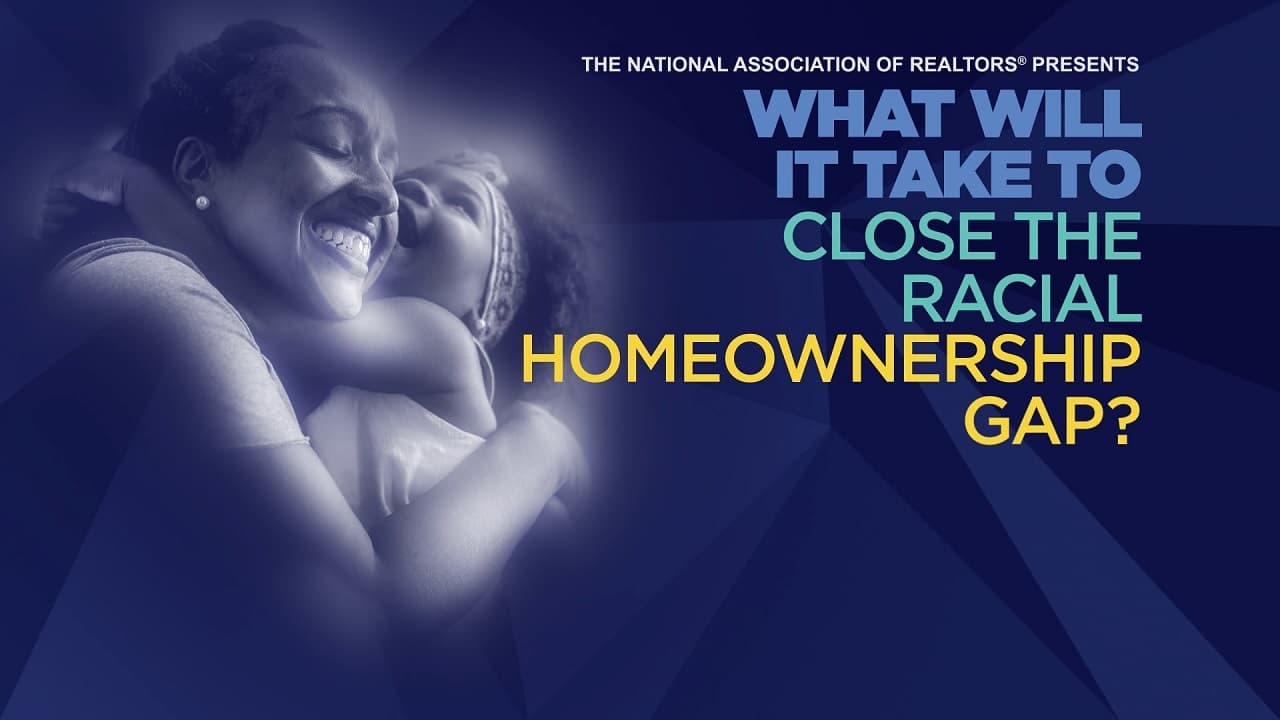
Since securing its first property in 2019, Shelley Halstead’s real estate development initiative, Black Women Build-Baltimore, has helped eight Black women become homeowners through rehabbing vacant and deteriorated homes in West Baltimore. Ten homes have been completed, nine are under construction, and 17 are in the pipeline. Offering the opportunity for Black women to build wealth through homeownership is significant because reports cited on BWBB’s website show that Black women “fall behind in every category of wealth accumulation.”
Halstead is among a small, underrepresented group of housing developers—people of color—who are creating homeownership opportunities as they bring more inventory to their communities. Many of these developers focus on broader community development goals, also offering business and job opportunities for people of color on their development projects and focusing on placemaking and developing commercial spaces that add amenities and business opportunities in neighborhoods of color.
In her book, Reclaiming Your Community: You Don’t Have to Move Out of Your Neighborhood to Live in a Better One, South Bronx developer Majora Carter talks about the importance of providing homeownership opportunities in historically underserved neighborhoods for people who currently live in those communities. Her concern is that often, the new housing built for lower-income people of color in their communities is government-subsidized rental housing that results in “poverty-level maintenance.” This kind of development generates profits for multifamily real estate developers while entrenching inequality and making it even more difficult, over time, for people from these communities to achieve homeownership.
Tanya Stephens, founder of Detroit Vacant Land and Community Development Corp., sees the same thing happening in her market.
“We’re not really focused at this moment on the capacity to build new [ownership] homes because we are so focused on ensuring people have basic [rental] housing. We can’t get subsidized funding to develop single-family homes for homeowners,” Stephens says. Home prices in Detroit are rising as new residents move in, and there is an increasing need to provide housing for low- to middle-income residents. Stephens notes that the city is offering tens of millions of dollars in taxpayer-funded subsidies to build The District Detroit, which includes 695 mixed-income residential units across 10 properties. All of the housing in The District Detroit’s properties will be rental units.
Cruz Companies is a 75-year-old construction, development and management firm based in Boston. It was started by John “Bertie” Cruz Jr., the son of emigrants from the Cape Verde Islands. Cruz operates with a goal of building sustainable communities through economic development. Bertie’s son, John B. Cruz III, is president and CEO. Fifty years ago, he says, Cruz Companies started building amenity-rich, affordable rental housing in Black and Brown communities but recently completed Nubian Square, a mixed affordable and market-rate housing project with homes for sale. Some of these homes, located in a predominantly Black area of Boston, have sold for as much as $1 million. “I’m extremely proud that we have created a market in the inner city that is attractive to Black and Brown people who were fleeing to the suburbs.”
Halstead attributes much of Black Women Build-Baltimore’s success to her background in carpentry and the organization’s small size—a program manager completes the two-person team. Initially, Halstead had to fund her own projects: “There are other nonprofit developers who look different than me and who seem to have better connections who get more money.” She credits the architects and structural engineers who donated or performed low-cost work for helping her get permits. She now has requests to replicate what she’s doing both around the city and all over the country, she says.
Neily Soto, AHWD, SFR, a broker in Salem, N.H., became a developer after she couldn’t find inventory for her predominantly Latino buyers. Soto, not initially intending to become a developer, attended meetings of development groups, looking for solutions. When she wasn’t hearing of homes in the pipeline that would alleviate the supply-and-demand challenge, she decided to raise capital and go into real estate development.
When Soto found that government funding for real estate development tends to go to large developers, she pivoted and was able to find private investors. To overcome some of the issues that new developers and developers of color face because they are less networked, she proactively attended city council and zoning meetings. “Even if you don’t have a project yet, make sure they are getting to know you,” she says.
She used the National Association of Hispanic Real Estate Professionals’ ((NAHREP's) State of Hispanic Homeownership Report to help secure approval for her projects located in communities in Massachusetts and New Hampshire. “I sent [the report] to the mayors of Lawrence and Methuen, Mass., and requested meetings.
“I do this in certain towns where I know there’s a high need for housing, especially for Hispanic families,” Soto adds. “I pitch the project, and I get a feel, based on their strategic plan, if the mayor and his team are interested.” In the last four years, Soto has completed 12 homes for owner-occupants and has 100 going through the entitlement process in Hooksett, N.H.
Jaebadiah Gardner, a Seattle-based developer of Mexican and African American descent, has also been working to add affordable-home purchase options to his development portfolio. In Seattle’s pricey real estate market, he says, land trusts are the dominant vehicle for developing lower-priced-ownership housing. But land-trust developments, like many shared equity models, can have big drawbacks: Buyers purchase the home but not the land, so their equity is very restricted. “The land trust takes most of the equity, [but my development company] is about building wealth and creating homeownership opportunities in Black and Brown communities.”











